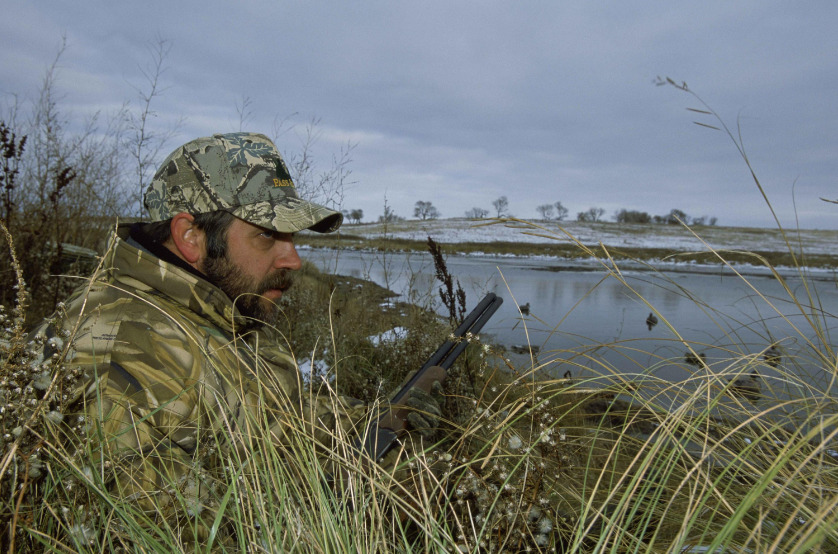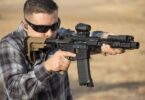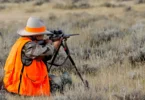Hunting has been an integral part of human culture and survival for thousands of years. It is a practice that requires a deep understanding and respect for the natural world, as well as a mastery of various techniques and skills. Among these techniques, camouflage is perhaps one of the most critical for successful hunting. Camouflage is the art of blending into your surroundings, making it harder for your prey to detect your presence.
It involves an understanding of color theory, pattern recognition, visual perception, and attention to detail. By mastering camouflage techniques, hunters can become more efficient, ethical, and respectful of the natural environment.
The benefits of effective camouflage techniques go beyond just successful hunting. It also helps hunters to blend in with their surroundings, which reduces the risk of being detected by other wildlife or predators. Additionally, it is an essential aspect of ethical hunting, which involves taking prey quickly and humanely without unnecessary suffering.
You can get up closer and more personal to wildlife and magical experience undetected with the right camo suit equipment that you can find on QuikCamo. Whether you’re a seasoned hunter or just starting, mastering the art of camouflage can significantly increase your chances of a successful and responsible hunt.
Understanding Camouflage: Why It’s Important for Successful Hunting
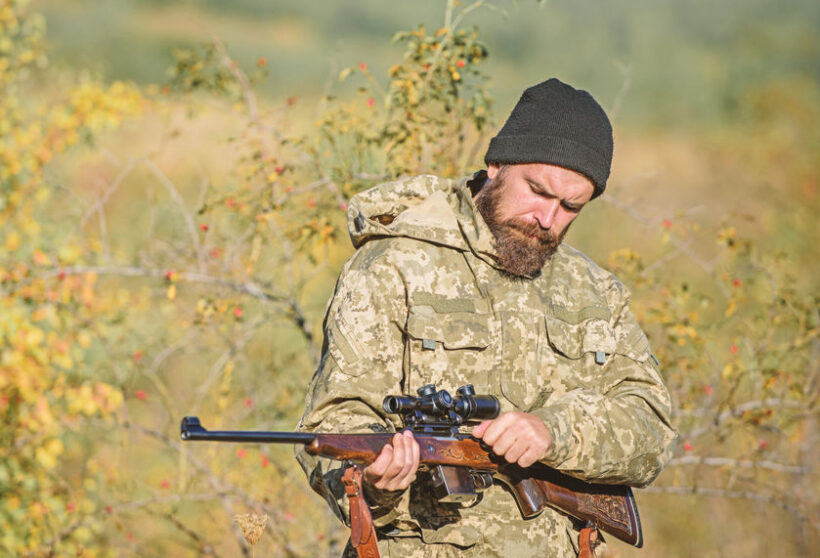
Source: lawrencebay.com
Camouflage is a crucial aspect of hunting that can make the difference between a successful and unsuccessful hunt. Understanding the principles behind camouflage and how to apply them effectively can increase your chances of getting closer to your prey undetected. By mastering camouflage techniques, hunters can become more efficient, ethical, and respectful of the natural environment.
Camouflage plays a vital role in keeping you hidden from your prey’s sharp senses, such as their keen eyesight, sense of smell, and hearing. It allows you to blend in with your surroundings, making it easier to approach your target and take your shot. Camouflage is not just about fashion but is a necessary tool for any serious hunter.
Selecting the Right Gear: Factors to Consider for Effective Camouflage
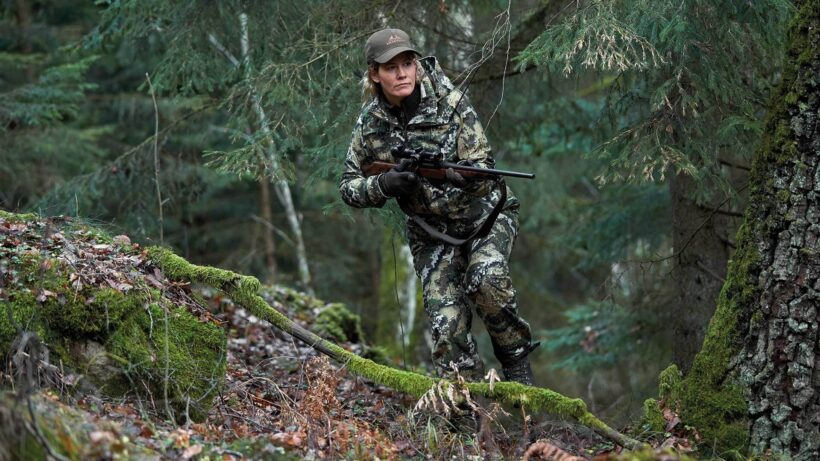
Source: swedteam.com
Choosing the right gear for hunting requires careful consideration of the environment, the season, and the prey you’ll be hunting. Factors like color, pattern, material, and fit can all affect the effectiveness of your camouflage gear. Investing in high-quality gear that matches the surroundings can help you blend in and increase your chances of success.
The right gear can also help you stay comfortable and protected while hunting. Camouflage gear includes clothing, hats, face masks, gloves, and even footwear. When choosing your gear, consider the environment you’ll be hunting in, the weather conditions, and the prey you’ll be targeting. For instance, if you’re hunting in a heavily wooded area, you’ll want gear that has a woodland camo pattern and is made of quiet material that won’t rustle as you move.
Understanding Your Surroundings: How Terrain and Wildlife Affect Camouflage
The natural environment plays a crucial role in successful camouflage. Different terrains, vegetation, and weather conditions require different camouflage strategies. Studying the behavior and patterns of the wildlife in the area can also inform your camouflage choices. Understanding your surroundings and how they affect your camouflage can give you a competitive edge when hunting. Different terrains require different patterns and colors, while different times of the day or year can also affect your camouflage.
For example, in the fall, you may want to wear gear with a mixture of green and brown colors to blend in with the changing leaves. When hunting in a desert, you’ll want gear with a sandy or beige color. In addition, understanding the habits and behavior of the prey you’re targeting can help you position yourself in the best spot to remain hidden.
Mastering Movement: The Importance of Stillness and Patience in Camouflage
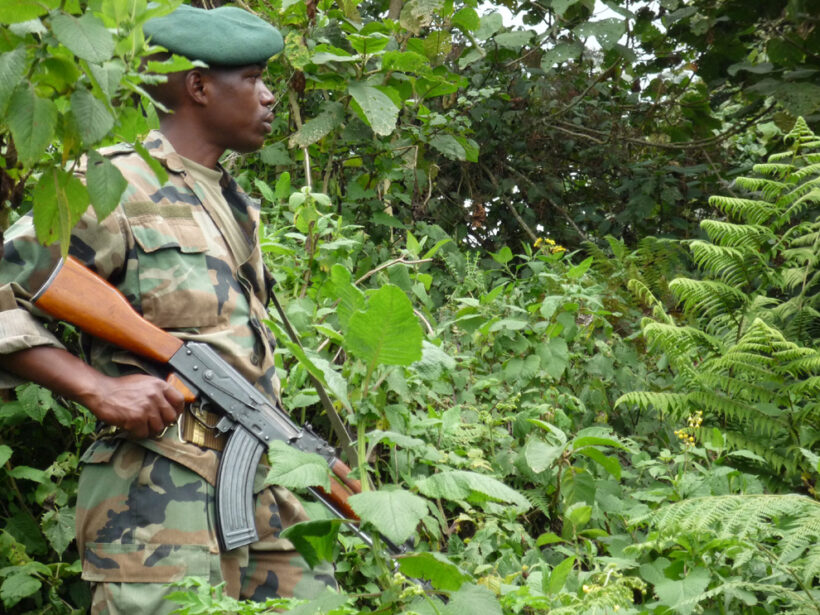
Source: nationalgeographic.org
Movement is one of the most critical factors in successful camouflage. Even the slightest movement can give you away from your prey. Mastering stillness and patience can help you stay undetected and get closer to your prey. Practicing techniques like slow and deliberate movement, using natural cover, and minimizing noise can all improve your chances of success.
It’s important to remain calm and focused, especially when you’re in close proximity to your target. Any sudden or erratic movements can quickly spook the prey and send them running. Therefore, staying still and the patient is crucial in keeping your target within range.
Positioning Yourself for Success: How to Choose the Right Location
Choosing the right location for hunting is critical to effective camouflage. Positioning yourself in an area where you have a clear view of your prey and can move quietly and effectively can increase your chances of success.
Avoiding areas where you’ll be silhouetted against the skyline or where your scent can give you away is also important. Factors such as the time of day, the wind direction, and the location of water sources can also influence your choice of location.
Using Natural Cover: How to Utilize the Environment for Effective Camouflage
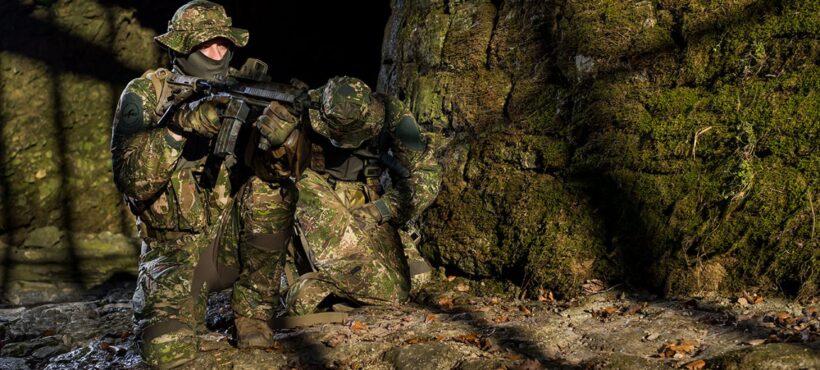
Source: ufpro.com
Using a natural cover can be one of the most effective camouflage techniques. Hiding behind trees, rocks, or brush can help you blend in and stay concealed until the right opportunity presents itself. Using foliage, branches, or other natural materials can also enhance your camouflage and increase your chances of success. It’s essential to be aware of your surroundings and to adapt your camouflage strategy to the environment.
Blending in with Your Surroundings: Techniques to Enhance Your Camouflage
Camouflage gear can only take you so far. Using additional techniques like body paint, foliage, or other natural materials can enhance your camouflage and help you blend in even more effectively.
Paying attention to details like your scent and noise level can also make a big difference in successful camouflage. A common technique is to use mud or natural materials to blend in with the surroundings and to avoid wearing anything reflective or brightly colored.
Paying Attention to Detail: How Small Factors Can Affect Your Camouflage
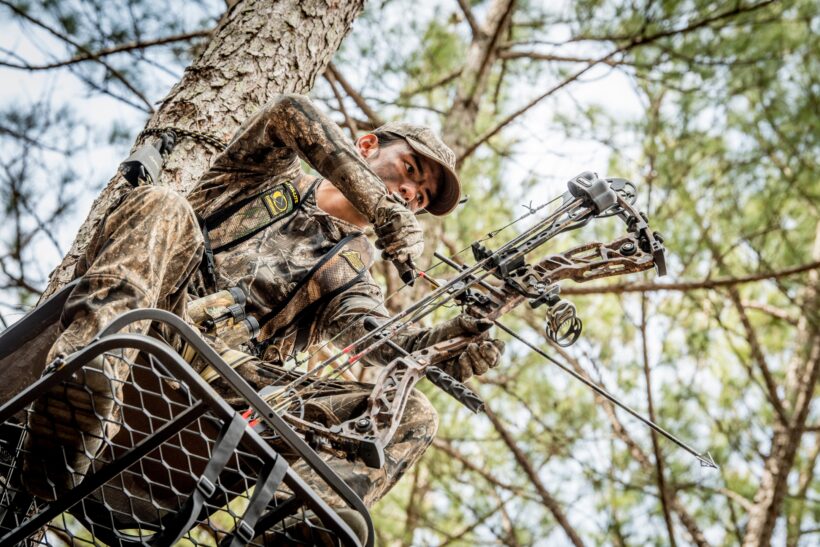
Source: realtree.com
Successful camouflage requires attention to detail. Reflective surfaces, exposed skin or clothing, and even the type of watch or jewelry you wear can give you away from your prey.
It’s essential to pay attention to every detail of your appearance, gear, and behavior to ensure you blend in seamlessly with your surroundings. Additionally, it’s crucial to avoid making unnecessary noise or movements that can alert your prey to your presence.
Camouflage Techniques for Different Hunting Scenarios
Different hunting scenarios require different camouflage techniques. For example, hunting on a tree stand requires a different approach than hunting on the ground.
Understanding the hunting scenario and adapting your camouflage strategy can significantly increase your chances of success. Learning techniques such as using ground blinds, hiding in natural cover, or using decoys can also enhance your camouflage strategy.
Ethics and Respect for the Environment: Why Camouflage is More than Just a Hunting Technique
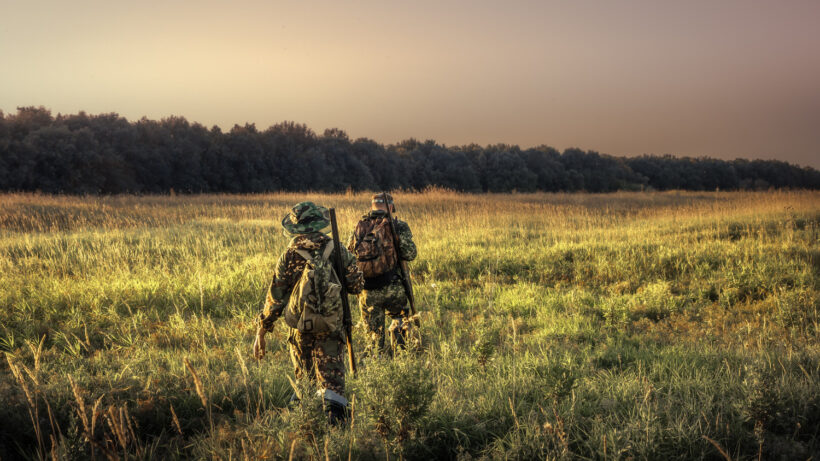
Source: cals.ncsu.edu
Camouflage is not just a hunting technique; it’s also a way to show respect for the environment and the animals you hunt. Ethical hunting requires a deep understanding and appreciation of the natural world, and successful camouflage is an integral part of that.
Using camouflage techniques can help you become a more ethical and responsible hunter by ensuring that your prey is taken quickly and without unnecessary suffering.


